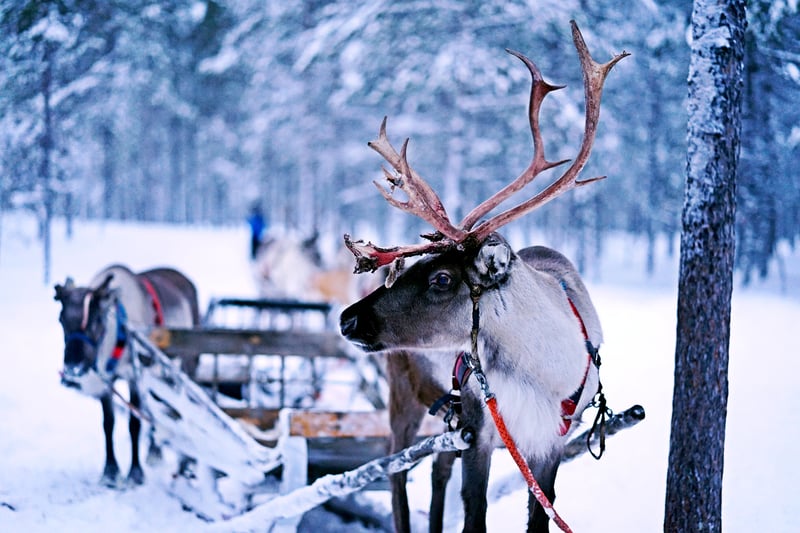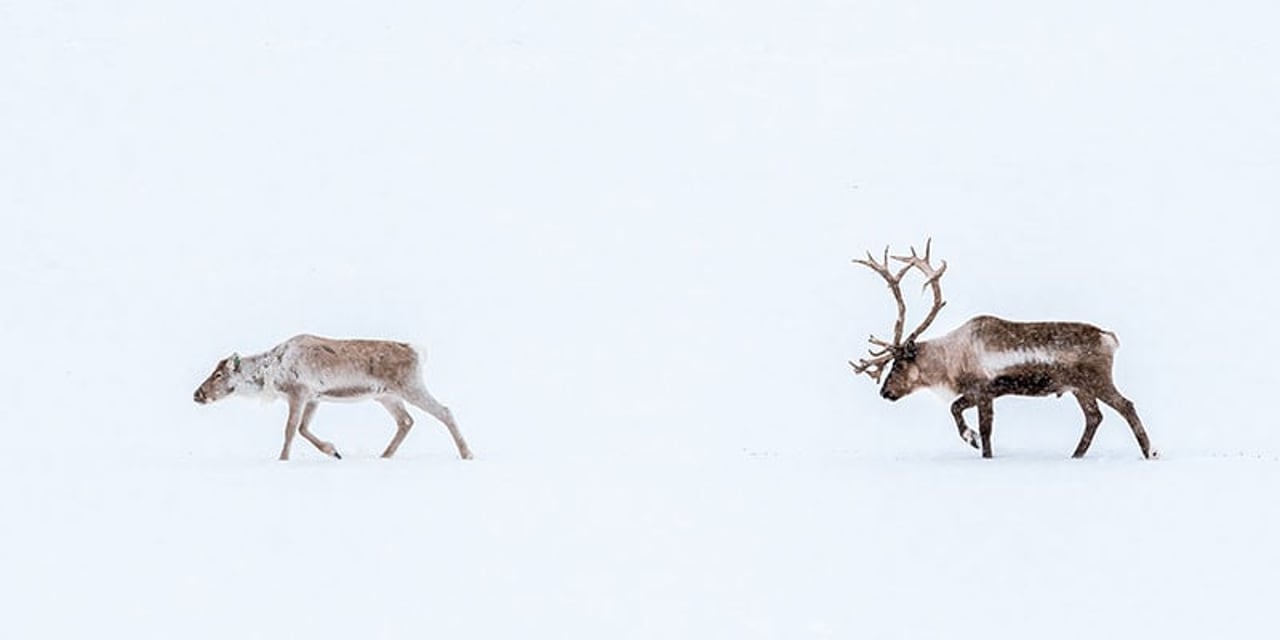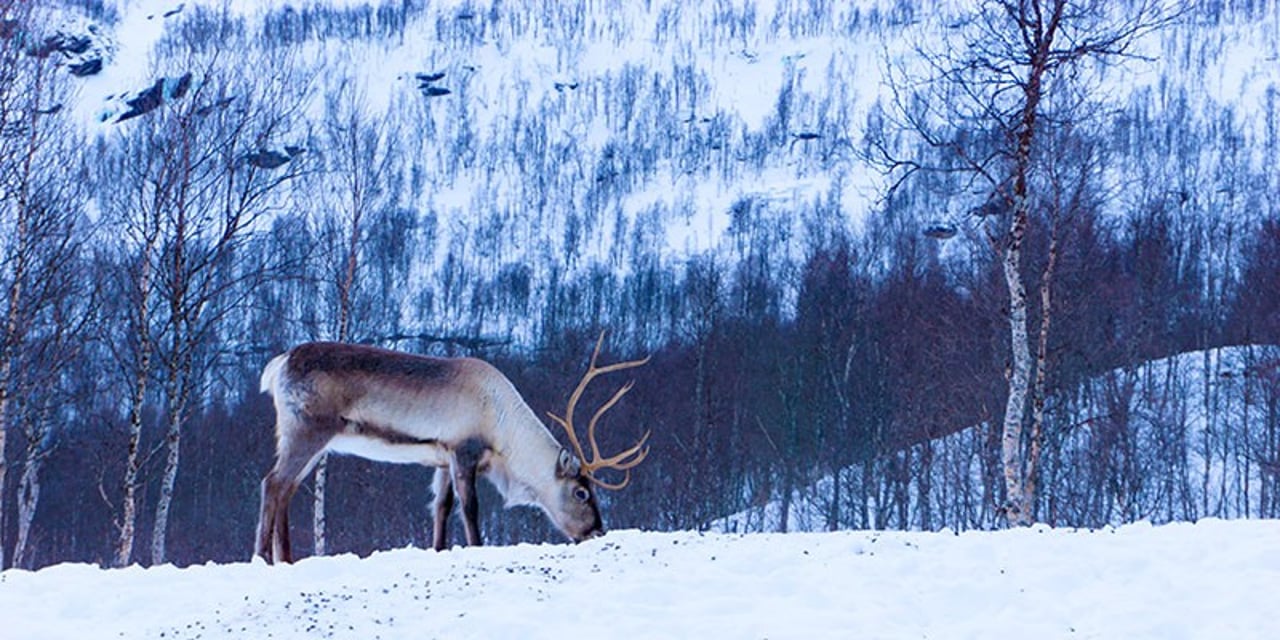
As the festive season approaches, opportunities for close interactions with deer will pop up across the country, but what effect does this have on their welfare?
Reindeer are truly fascinating animals. They have learned some amazing survival techniques that enable them to thrive in the arctic weather conditions of their natural habitat.
Suffering for Entertainment
Reindeer, a species of caribou, are adapted for life in the tundra where they forage for ferns, grasses, and tree leaves. When used for holiday photos, reindeer are subjected to very different conditions to what they are used to and their health and welfare suffer. This is made worse by the fact that their needs are not often understood by the people caring for or interacting with them.
For example, reindeer feeding—which is often encouraged by entertainment venues and popups—can lead to gastrointestinal issues. In October of 2020, a reindeer in Wales died from being fed "sweets and breads by visitors".
In their natural environment, reindeer live in herds and are constantly moving and foraging for food, which keeps them fit and healthy. Housed by themselves with little space to roam, and fed an unfamiliar diet, reindeer at Christmas attractions suffer not only physically but mentally too. The crowded, noisy environment of the Christmas grotto is nothing like the natural home of reindeers, and their life here is very different from the one they should be living.
This year please give a thought to reindeer and other animals that may be exploited during the festive season for entertainment.
Reindeer are wild animals, even when bred in captivity - this means that their complex needs can only be met in the wild, where they are able to thrive and live according to their natural instincts.
Three Amazing Facts About Reindeer in the Wild
- During the winter months, reindeer can experience darkness for 24 hours a day. To help them see better during the dark months, their eyes change from golden brown to deep blue. This color change helps reduce the amount of light reflected out of the eye.
- Reindeer are also able to regulate their body temperature by changing how they breathe, and how blood flows to their brain. This is particularly important during seasonal temperature changes and during periods of high activity.
- Reindeer are also highly adapted to their territory, where they can spend up to 40% of their time in the snow. They have blunt toes, and crescent-shaped hooves with a sharp edge to help them grip in the hard snow and ice.
We are working to end the suffering of wild animals in the name of tourist entertainment for good. You can help us by pledging not to take part in any holiday activities that involve touching or taking selfies with wild animals. We will use your support to show the travel industry that there is a demand to see animals in the wild rather than used in entertainment. Click here to sign up to our Wildlife Selfie Code.

